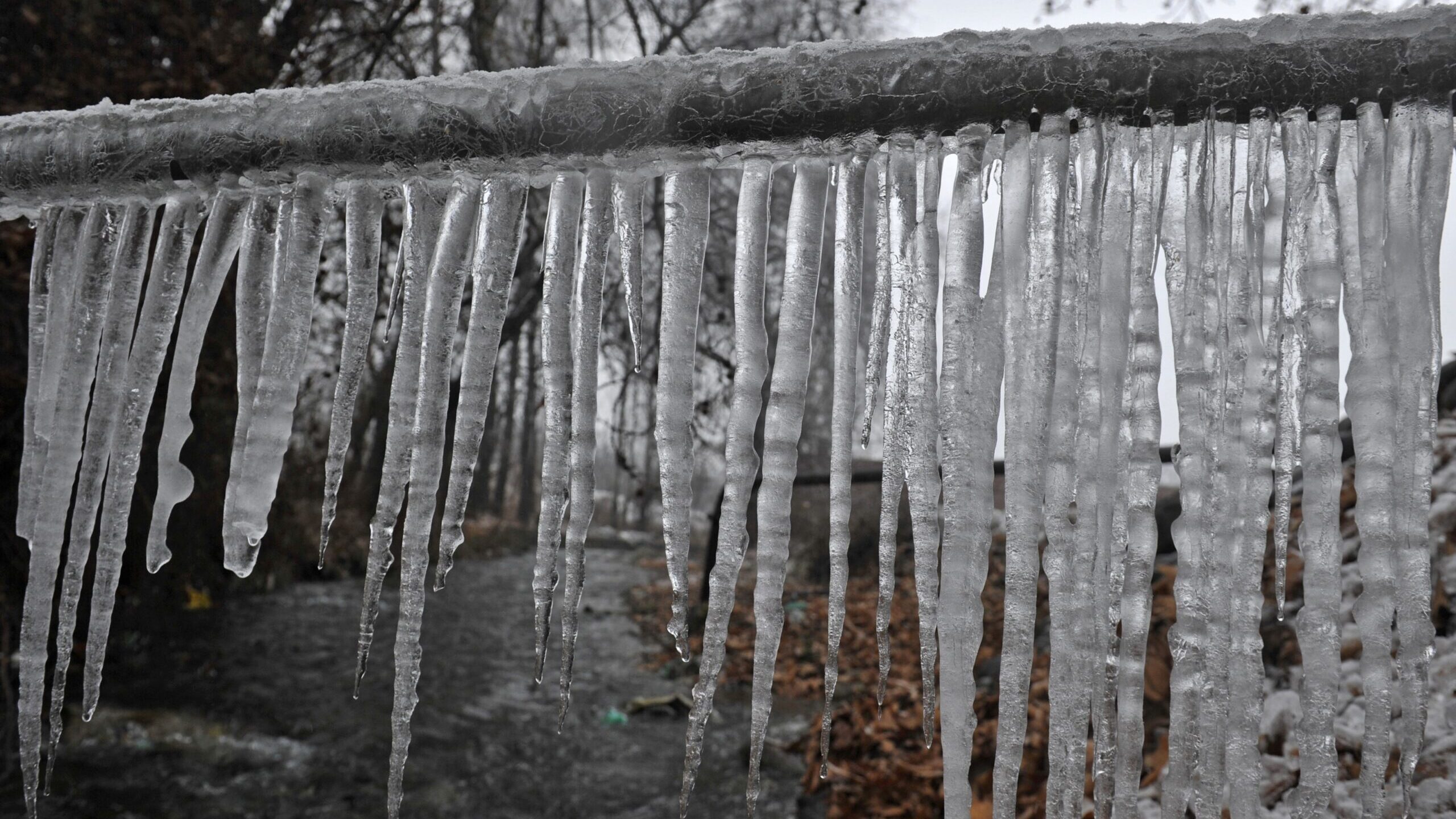Avoid Frozen Plumbing in Winter: Expert Strategies
Avoid Frozen Plumbing in Winter: Expert Strategies
Blog Article
This great article directly below about How to Prevent Your Pipes From Freezing is indeed intriguing. Don't overlook it.

Cold weather can wreak havoc on your pipes, particularly by freezing pipelines. Here's exactly how to prevent it from occurring and what to do if it does.
Intro
As temperatures decline, the risk of frozen pipelines boosts, potentially causing pricey repair work and water damages. Recognizing how to avoid frozen pipes is critical for homeowners in cold climates.
Prevention Tips
Insulating susceptible pipelines
Cover pipelines in insulation sleeves or utilize warm tape to secure them from freezing temperatures. Focus on pipes in unheated or external locations of the home.
Heating techniques
Keep interior rooms effectively heated up, particularly areas with plumbing. Open cabinet doors to permit cozy air to distribute around pipes under sinks.
Just how to identify frozen pipes
Look for decreased water circulation from faucets, unusual odors or sounds from pipelines, and visible frost on exposed pipelines.
Long-Term Solutions
Structural changes
Think about rerouting pipelines away from exterior wall surfaces or unheated areas. Add additional insulation to attic rooms, cellars, and crawl spaces.
Upgrading insulation
Purchase top quality insulation for pipes, attic rooms, and wall surfaces. Correct insulation helps maintain consistent temperature levels and reduces the risk of icy pipes.
Safeguarding Outdoor Pipes
Garden hoses and exterior taps
Disconnect and drain pipes garden pipes before winter. Set up frost-proof spigots or cover outside taps with protected caps.
Understanding Frozen Pipelines
What causes pipes to ice up?
Pipes ice up when revealed to temperatures below 32 ° F (0 ° C) for extended durations. As water inside the pipelines ices up, it expands, putting pressure on the pipeline walls and possibly causing them to burst.
Dangers and problems
Frozen pipes can bring about supply of water disruptions, residential property damages, and costly repair work. Burst pipelines can flood homes and trigger comprehensive architectural damages.
Indications of Frozen Piping
Recognizing frozen pipelines early can avoid them from breaking.
What to Do If Your Pipes Freeze
Immediate activities to take
If you believe icy pipes, maintain taps open up to soothe stress as the ice melts. Use a hairdryer or towels taken in hot water to thaw pipelines slowly.
Verdict
Preventing icy pipes requires aggressive procedures and fast reactions. By recognizing the causes, indications, and preventive measures, house owners can protect their plumbing during winter.
6 Proven Ways to Prevent Frozen Pipes and Protect Your Home
Disconnect and Drain Garden Hoses
Before winter arrives, start by disconnecting your garden hoses and draining any remaining water. Close the shut-off valves that supply outdoor hose bibs and leave the outdoor faucet open to allow any residual water to drain. For extra protection, consider using faucet covers throughout the colder months. It’s also important to drain water from any sprinkler supply lines following the manufacturer’s directions.
Insulate Exposed Pipes
Insulating your pipes is an effective way to prevent freezing. Pipe insulation is readily available at home improvement stores and is relatively inexpensive. Pay close attention to pipes in unheated areas such as the attic, basement, crawl spaces, or garage. Apply foam insulation generously to create a buffer against the cold. You can also wrap your pipes in heat tape or thermostat-controlled heat cables for added warmth.
Seal Air Leaks
Inspect your home for any cracks or openings that could let in cold air. Seal any holes around the piping in interior or exterior walls, as well as the sill plates where your home rests on its foundation. Additionally, make sure to keep your garage door closed unless you’re entering or exiting. Leaving it open creates a significant air leak that can lead to frozen pipes.
Allow Warm Air Circulation
During cold snaps, it’s essential to allow warm air to circulate evenly throughout your home. Leave interior doors ajar to promote better airflow. Open kitchen and bathroom cabinets to help distribute heat consistently around the rooms. If you have small children or pets, be sure to remove any household chemicals or potentially harmful cleaners from open cabinets for safety.
Let Faucets Drip
A small trickle of water can make a big difference in preventing ice formation inside your pipes. When temperatures drop significantly, start a drip of water from all faucets served by exposed pipes. This continuous flow helps prevent the water from freezing. Additionally, running a few faucets slightly can relieve pressure inside the pipes, reducing the chances of a rupture if the water inside does freeze.
https://choateshvac.com/6-proven-ways-to-prevent-frozen-pipes-and-protect-your-home/
:strip_icc()/snow-outdoor-faucet-pipes-4af65d1e5e904fb1aa7bf74071fe5d89.jpg)
I recently found that article on Helpful Tips to Prevent Frozen Pipes this Winter when doing a lookup on the search engines. Sharing is caring. Who knows, you may just be doing someone a favor. I praise you for your time. Please come visit our website back soon.
Booking Report this page